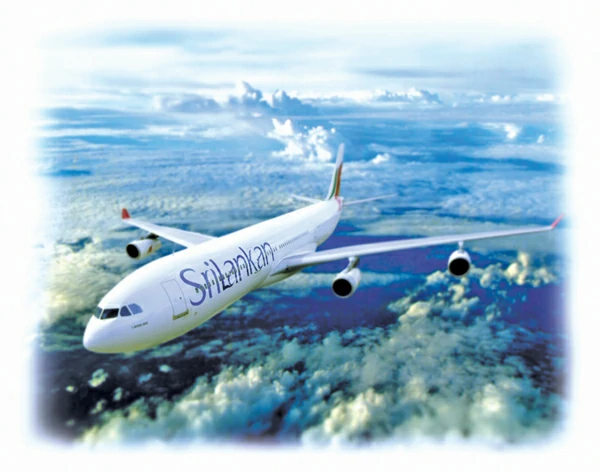
SriLankan Airlines took delivery of an Airbus A320 aircraft expanding the National Carrier’s fleet to its largest ever size in the country’s history.
The airline now has a fleet of 17 aircraft, which include five A320’s, five A330’s, five A340’s, and two De Havilland Twin Otters. This surpasses the 16 aircraft that the airline possessed between 2005 and 2007.
With plans to acquire four or perhaps even five more aircraft by the end of 2011, SriLankan is likely to end the year with a fleet of at least 19 aircraft. This will include three A320’s, which would be the first brand new aircraft to be acquired by SriLankan in 11 years. The first of these A320’s is scheduled to arrive in late May, as is a long-haul A340.
Manoj Gunawardena, SriLankan’s CEO said, “this is definitely a major landmark in the history of aviation in Sri Lanka, which started 64 years ago in 1947 when Air Ceylon commenced operations using two Douglas DC-4 Skymasters. By the end of 2011, we will possess a fleet of modern aircraft that would position SriLankan Airlines to fulfill its role as a catalyst for the country’s economic growth.” The National Carrier is closely supporting the vision of the Government of Sri Lanka, which is making massive investments in developing the country’s infrastructure, including new highways, airports, power stations and ports.
“These investments are being made despite the negative effects of high fuel prices at the present time due to the political crisis in the Middle East. However, the fact is that SriLankan recognises the need to expand our fleet and our operations in order to capitalise on opportunities in the near future,” said SriLankan’s CEO.
The latest acquisition is the second aircraft this year, with a De Havilland Twin Otter having arrived a week previously. Another A330 or A340 may be obtained at the end of the year, while two of the airline’s older A320’s are to be returned by mid-year.
The fleet expansion would significantly enhance the entire passenger experience on board SriLankan, with more comforts and amenities. A younger fleet of aircraft would also increase fuel efficiency and reduce negative effects on the environment. It would also enhance technical reliability, which would lead to increased flight punctuality.





